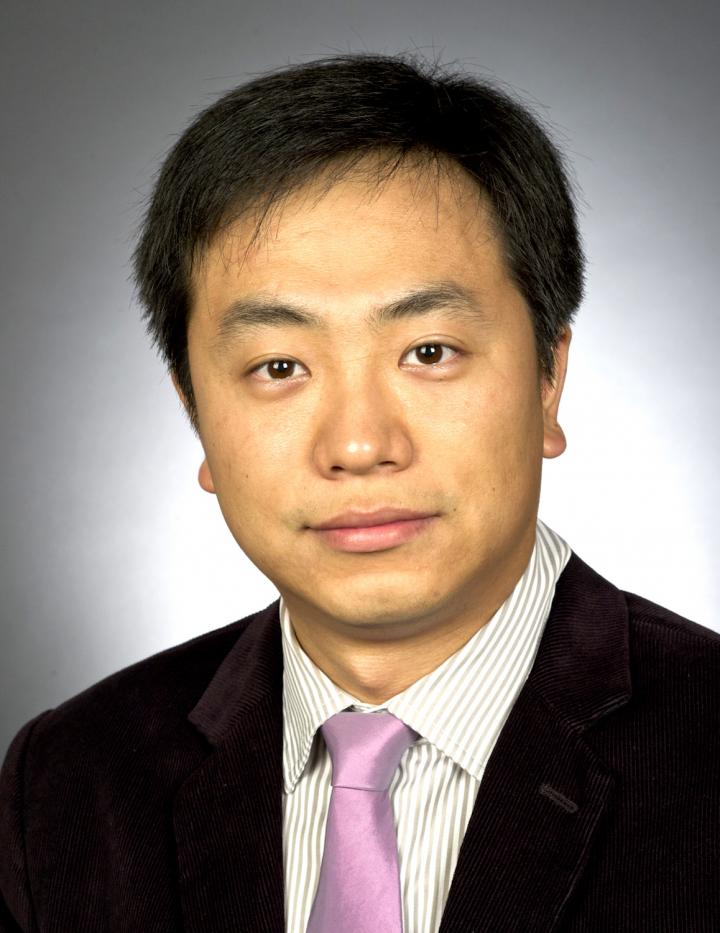
IMAGE: Shouyi Wang, University of Texas at Arlington
view more
Credit: UT Arlington
Texas has emerged as a leader in alternative energy sources, such as solar and wind. As the state moves toward a “smart grid” delivery system, the companies that provide energy services are rushing to determine the best ways to balance supply and demand.
Shouyi Wang, associate professor of industrial engineering at The University of Texas at Arlington, is using a three-year, $466,068 grant from the National Science Foundation to determine how to meet the demands of an extremely dynamic and uncertain energy market. Electrical engineering Professor Wei-Jen Lee and industrial engineering Professors Victoria Chen and Jay Rosenberger are co-principal investigators on the project.
Electricity is a commodity whose generation and load must be balanced constantly in real time for system reliability and power quality. In addition to traditional generation-side management, load participation is critical for future sustainable smart grid development.
Wang and his team will develop machine-learning models that predict real-time market prices and manage large-scale participation of residential demand-response programs. The goal is to create a dynamic decision analytics and optimization framework that enables a highly efficient, real-time energy management system for future smart energy markets. The team also plans to construct a smart grid simulation platform that tests the developed machine-learning and optimization framework using historical data from large energy and utility companies.
“If we can determine how best to predict energy demand and react quickly to fluctuations in demand and market prices, then we can use that information to make a much more efficient smart energy supply system with reduced operational costs and increased system reliability,” Wang said. “From a consumer standpoint, greater efficiency on the part of the energy markets translates to greater savings on energy costs for everyone.”
This research will benefit utility companies, load-serving entities and customers by reducing peak demand. There are financial incentives for market participants to achieve that reduction.
Wang’s forecasting model provides sequential forecasts for the energy market. In contrast with current models using deterministic–or cause-and-effect–predictions, the team will develop a probabilistic deep-learning method that is capable of quantifying market uncertainty for decision management and risk control.
The energy market forecasting model will allow energy companies to compute the demands for the next day, then trade computed peak-demand reduction on the day-ahead market.
Finally, Wang will create a smart-grid simulation framework to evaluate the forecasting and optimization models using real-world datasets from large utility companies in New York and Texas.
“This is highly relevant research with potential for a far-reaching impact on how we will deliver and use energy in the future,” said Paul Componation, chair of UTA’s Industrial, Manufacturing and Systems Engineering Department.
###
– Written by Jeremy Agor, College of Engineering
TDnews














